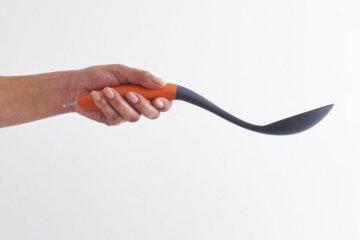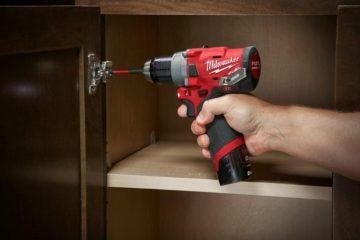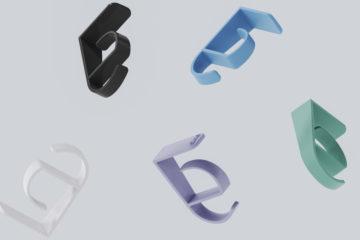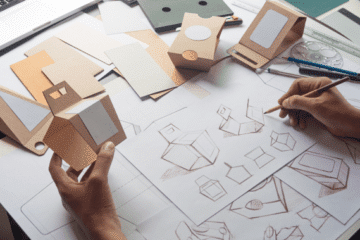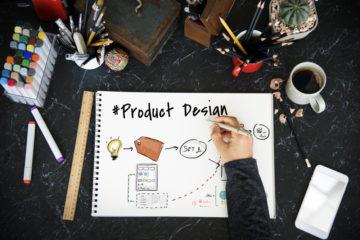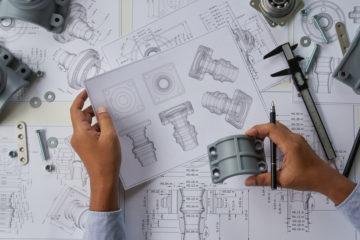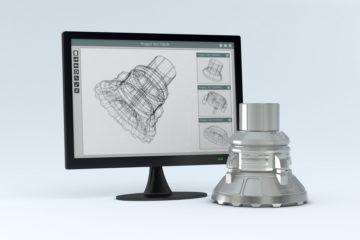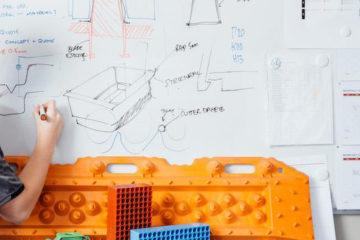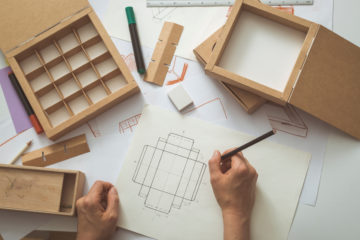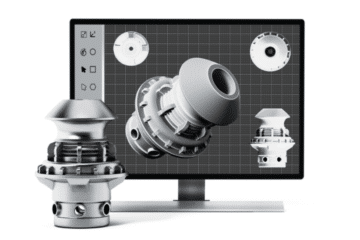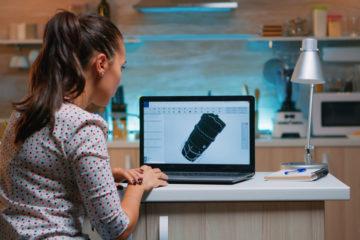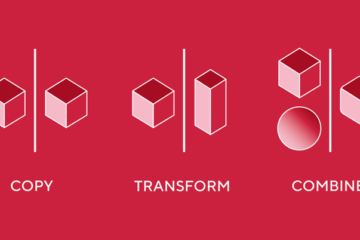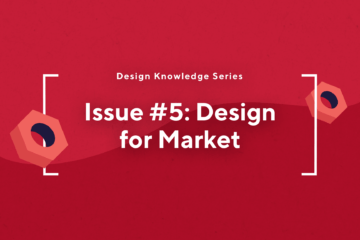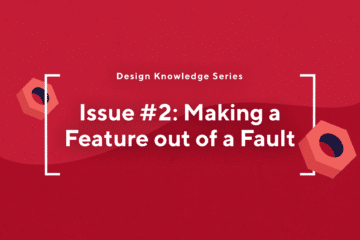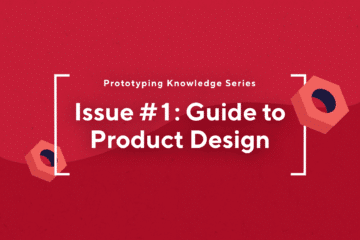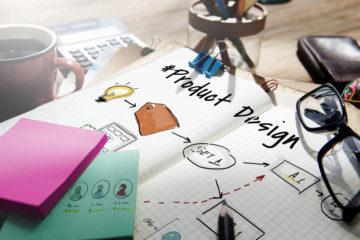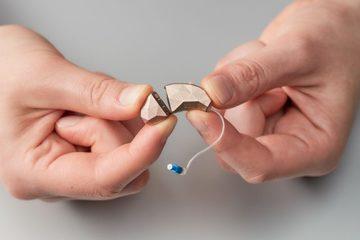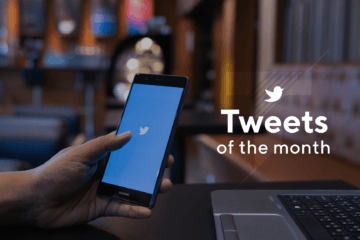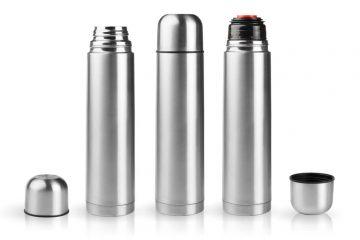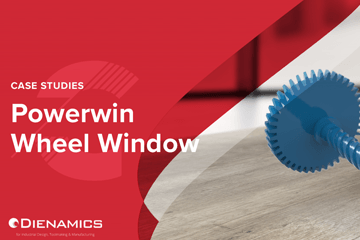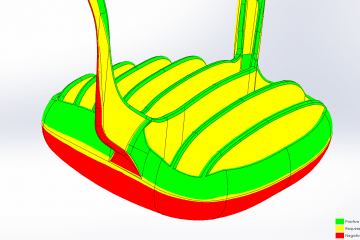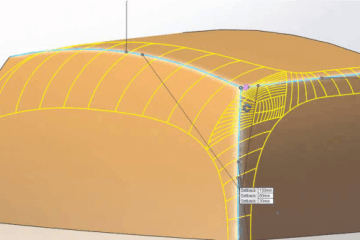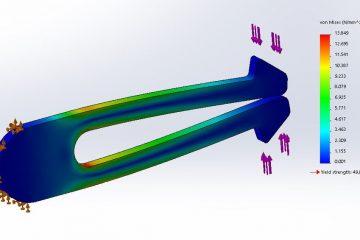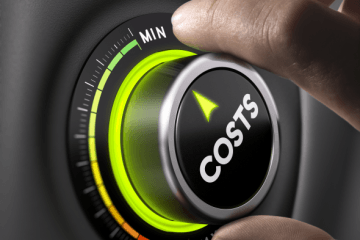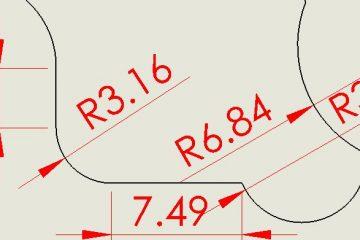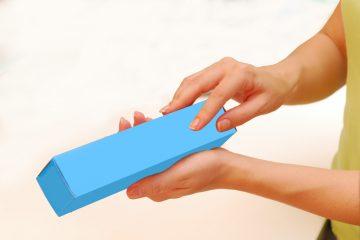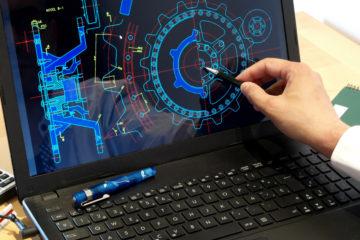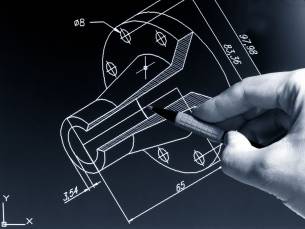Author: Bryce Holliss

“There’s so much to do, I don’t know where to even start” is a sentiment we’ve all felt at one point or another, whether you’re a backyard inventor or a seasoned product developer. Whilst it may be to different extents, I’d bet that everyone at the start of a new product’s development has felt this.
To help guide you, let’s break down 5 things we think you need to consider when starting to design a new product:
1. ‘Design’ Considers Your Target Market
The difference in ‘designing’ vs. ‘engineering’ a product is found in the creative process. Engineering focuses more on technical specification and physical product function whereas designing is more heavily user-centred.
To ‘design’ a product is to consider the wants and needs of potential buyers – why do they want to use a product, and what will make them desire it more. Whilst it is important to consider a potential product’s specification and function, at the very start of a new products development process, understanding ‘why’ consumers need or want your product will give you a much clearer direction.
To get this direction, you need to consider your target market, for example –
- How old are they and what implications does that have?
- Where and how do they live?
- How much money would they spend on your product?
- How much are the competitors’ products?
- How much does your product need to be manufactured to be viable?
- How big is the target market?
- Is there enough market share/buying power to justify you spending the money on developing, prototyping, and manufacturing your product?
Because of all this, you’ll find overlaps between product design and marketing. If you’re designing well, you’ll find that you develop a relatively clear understanding of how to market your product before you’ve even begun seriously CAD modelling, developing, or prototyping your idea.
2. The Sales Plan
How are you going to turn your product idea into money in the bank? In researching your target market, you would’ve started to understand your competition and how they get sales. You need to consider how you’re going to drum up new business with your product, or take market share away from your competitors. Simply, what is the best way to sell your product?
- Should you build your own website to sell from?
- Should you use existing online marketplaces like Amazon or eBay?
- Are there retail stores you can contact to stock your product?
- Can/would you simply sell the design to another company?
3. Conduct Preliminary IP Research
Prior to developing your design idea, it’s always a good idea to consider what already exists in terms of current design registrations and patents. You want to know what you’re getting into; you don’t want to get a few months into developing your product and then discover it infringes on another design.
Further, knowing what is out there helps you further define the direction you want your design to take and understand what freedoms you have to operate in the market.
To search for design registrations, go to the IP Australia website.
To search for patents, head to the patents page of the IP Australia website, Google Patents, or the United States Patents and Trademarks Office website.
4. What is Inflexible, Malleable, or Changeable?
Throughout the design development process, you’ll encounter challenges that need to be overcome. In solving these challenges, designs, material choices, and manufacturing processes may need to be changed, adapted, or modified…
Because of this, it’s important to consider what product features, functions, or other variables are set in stone, which can be modified slightly, and what can be changed freely.
For example, if a certain material needs to be used for its physical and chemical properties, you may end up needing to modify your design to suit a manufacturing process that can use that specific material. Or alternatively, say that your manufacturing price needed to be reduced, you may have to sacrifice the material and use a slightly cheaper one that doesn’t have as good performance properties.
5. It’s Difficult to Launch a New Product
Getting a new product up off the ground is difficult. Product design is often not a step-by-step process. You’ll end up finding yourself undertaking many tasks from production to marketing, to distribution all at the one time. You need to consider and be prepared to invest the time, money, and effort require to successfully sell your product. Remember you are not going to be an expert on every area of getting your product off the ground. It is wise to seek out an expert who can help you develop your product and bring your idea to life.
Contact an expert:
At Dienamics, product design and development is at the heart of what we do. For expert advice about designing your new product and bringing your idea to life, Contact Us today!
Subscribe to Our Newsletter
Get the latest news from Dienamics into your inbox







